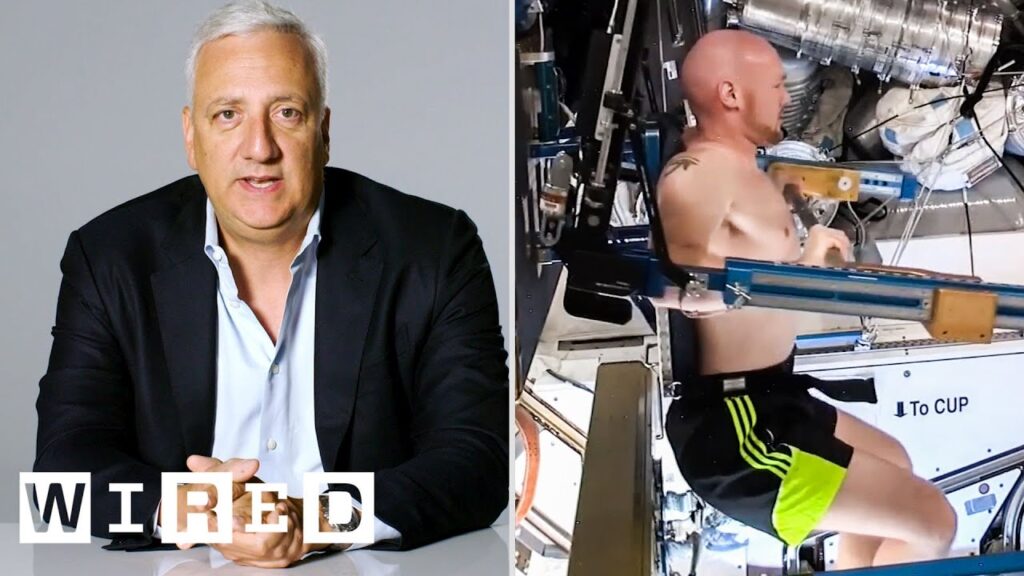The Future of Toilets: Redesigning the Ultimate Sanitary Solution
Summary
Toilets have remained virtually the same in functionality for decades, but with the threat of aging infrastructure and environmental challenges, innovation in toilet technology is crucial. Technological lock-in is a significant factor in the slow progress of toilet development, and the consequences of the current sewage system limit nutrient recovery. Innovations such as urine diversion and vacuum toilets hold promise in allowing for better waste management at the household level. Smart sewer systems and the production of energy and transportation fuel from waste are also developing as solutions to current challenges. Direct potable reuse of wastewater remains controversial but is emerging as a reliable source of water. With a connection to the global human society and planet, the toilet’s redesign is essential for health and sustainability.
Table of Contents
- Why has the toilet not changed much over the years?
- How can we improve waste management at the household level?
- How are cities addressing issues with combined sewer systems during storm events?
- How can sewage be a source of energy?
- What are the benefits of having a mix of sanitation technologies?
- How can sludge be turned into useful products?
- What are indirect and direct potable reuse programs?
- Who is working to improve toilet technology worldwide?
Why has the toilet not changed much over the years?
One factor in the slow progress of improvements in toilet technology is technological lock-in, where expensive infrastructure investments limit the ability to create change. Traditional sewage systems also hinder nutrient recovery, limiting the value of human waste. Despite these challenges, new technologies like urine diversion and vacuum toilets might help revolutionize how we think about waste management.
How can we improve waste management at the household level?
Urine separation toilets are hard to design and use because of the awkwardness of use, but new urine trap technology is more seamless in separating urine from waste. Vacuum toilets are also a promising development, as they use little water and separate the waste from other wastewater. This separation of waste makes it easier to recover valuable nutrients, improving sustainability.
How are cities addressing issues with combined sewer systems during storm events?
Some cities are digging expensive tunnels or utilizing green infrastructure to absorb stormwater. Other cities are using smart sewer systems, with movable remote devices reducing overflows without additional tunnel construction.
How can sewage be a source of energy?
By using sustainable energy systems, heat can be generated from fluid by capturing the heat, which can then be transferred into a distribution system to be used in buildings. This source of heat originates from sewage, making it a reliable source of energy.
What are the benefits of having a mix of sanitation technologies?
Having diverse sanitation technologies can make cities more resilient, and as cities grow, it may make more sense to introduce building-scale systems or district-scale systems instead of expanding the sewer system. On-site sanitation systems also make ecological sense for more rural areas.
How can sludge be turned into useful products?
Sludge can be turned into biocrude, which can be used as transportation fuel, and exploration into other ways of turning sludge into useful products continues.
What are indirect and direct potable reuse programs?
Indirect potable reuse programs involve cleaning water to drinking water standards and injecting it into an aquifer, while direct potable reuse involves putting the cleaned-up effluent directly back into the pipeline as drinking water. While direct potable reuse remains controversial, it is widely recognized as an emerging source of reliable water.
Who is working to improve toilet technology worldwide?
Innovators worldwide are working on various aspects of toilet technology, including the design of public toilets, toilet bowls, sewer systems, pit latrines, and wastewater treatment. As a vital technology that underpins society, investing in toilet design is essential for health, sustainability, and accessibility.
Conclusion
The toilet is a fundamental technology that plays a crucial role in waste management and sustainability. While aging infrastructure and current challenges threaten its functionality, innovation in toilet technology is crucial. Innovations such as vacuum and urine diversion toilets, smart sewer systems, and the production of energy and transportation fuel from waste have emerged as solutions. Direct potable reuse of wastewater remains controversial but is an emerging source of reliable water. With a connection to the global human society and planet, the toilet’s redesign is essential for health and sustainability.







